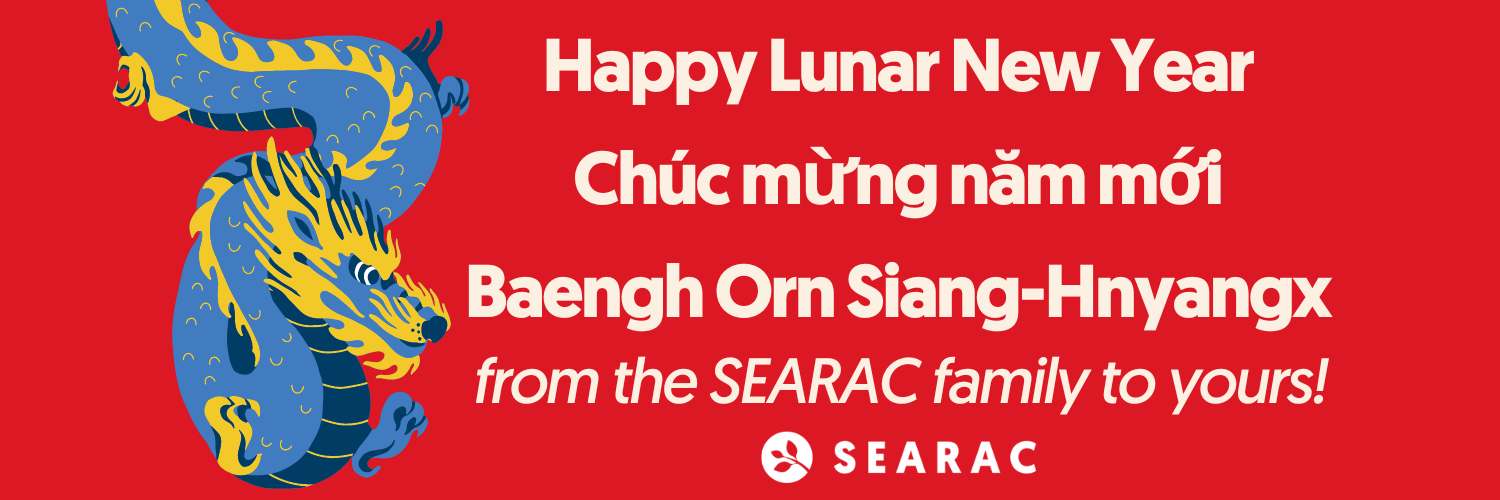September 27, 2018 IN: Our Voices, Staff Blog
Language and the Southeast Asian diaspora

I want to talk about the power of language; not necessarily the power of individual words and phrases, but the power of language as a whole. The language/languages an individual speaks plays a role in both constructing and expressing his or her identity. Speaking a language is a direct connection to a community of people, a place, and a culture. In a majority English-speaking country like the United States, speaking a different language is an expression of identity.
Earlier this year, a white lawyer overheard restaurant workers speaking Spanish and threatened to call ICE. He told the manager, “They should be speaking English. … This is America.” Earlier this month, a woman in Portland, OR, directed a racist rant at a Filipino American woman, all in a mock Asian accent. These individual incidents of bigotry and prejudice bring up a new question: is speaking a language other than English becoming dangerous in the United States?
While I may not have a personal response to the dangers of speaking another language, I do know it is an undeniably scary trend. It is becoming increasingly important to create and find spaces in the United States, specifically, for immigrant families to speak freely in their first language. Those spaces were important to me growing up because they served as a connection to my mother’s language and culture, and especially to my grandparents who struggled to learn English. Speaking a language other than English in the United States can be marginalizing — from available job opportunities to being a target for xenophobic comments. At the same time, language acts as a joining force to allow Southeast Asian Americans to find others who share similar experiences and connect with those who may feel similarly displaced in the English-dominated United States.
Languages as a connection to a people and place have been an important part of my life, showing me that spaces are defined by the languages spoken in it. I’ve seen how a grocery store becomes a community gathering place when all the price labels and employees speak Vietnamese. When I was growing up, the Vietnamese population all seemed to live in the same area of the city — brought together by a shared desire of solidarity in language and culture. I would go shopping with my grandparents every Saturday morning at a Vietnamese market and make the occasional trip to Our Lady of La Vang Church. I grew up speaking English in my home and at school, but would be brought to spaces where Vietnamese was the only language spoken. This duplicity has defined my experience as a second generation immigrant.
It is important to understand the connection between language and identity in the United States. While it serves as a force to bring together the Southeast Asian diaspora in the United States, it can also be something immigrant families struggle to connect with their identities as both immigrants and Americans.
Vina Alexander is SEARAC’s fall field and outreach intern. She is in her third year at Lewis and Clark College in Portland, where she is majoring in political science.





